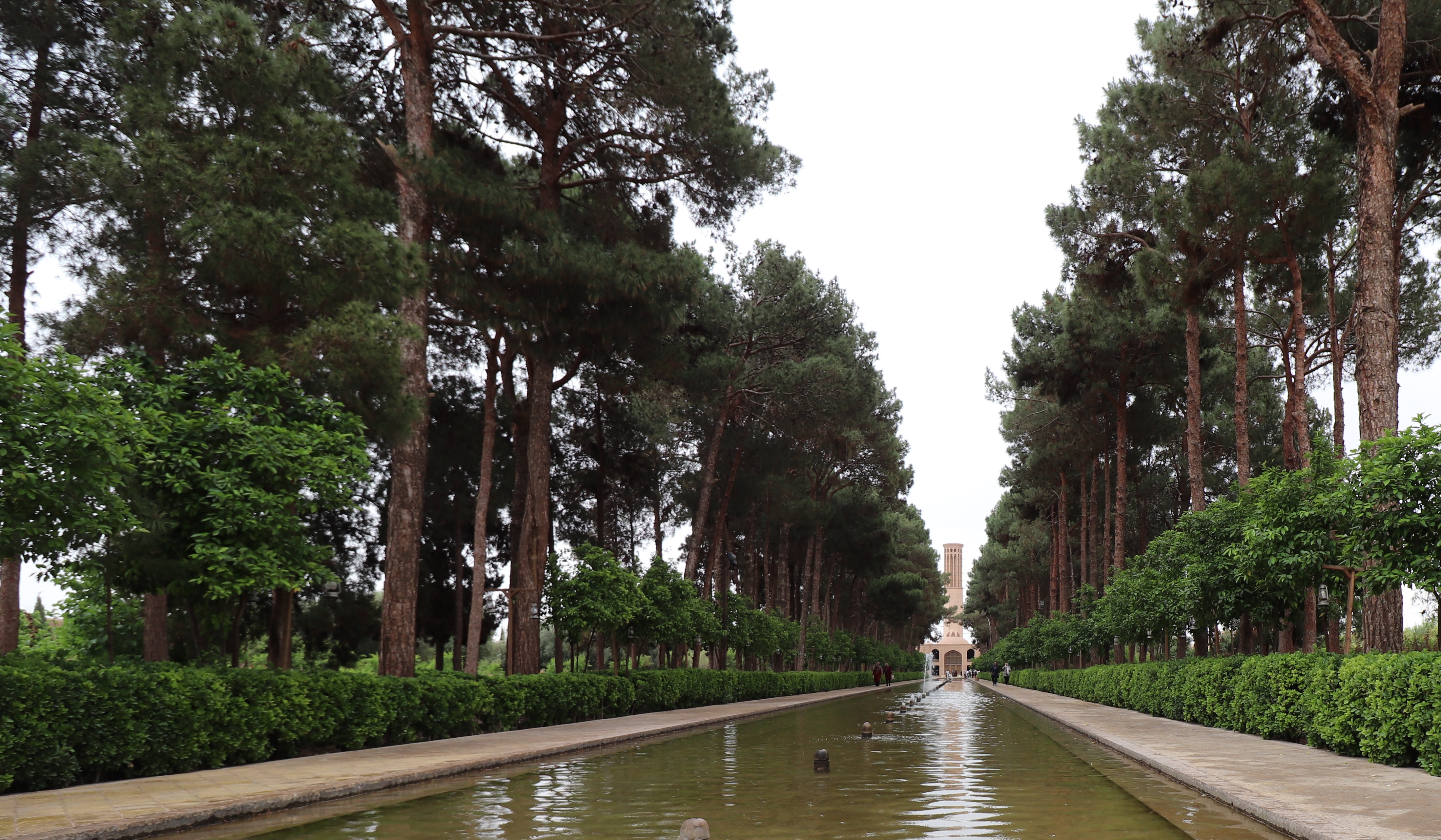

Pasargadae Garden: As the oldest Persian garden, Pasargadae, dating back to the Achaemenid era, epitomizes simplicity and order in Persian garden design. Neighboring the tomb of Cyrus the Great, it holds immense historical significance. Cyrus the Great personally oversaw the creation of this garden, dictating its layout and the types of trees planted.

Eram Garden: Located in Shiraz, Eram Garden is one of the most beautiful Persian gardens. With its magnificent architecture and exquisite tile work, it stands as a perfect example of Persian gardens. Eram Garden boasts a diverse array of plants from various parts of the world, transforming it into a museum and exhibition showcasing a variety of flowers and plants.

Chehel Sotoun Garden: This renowned garden in Isfahan, adorned with exquisite tile work, beautiful pools, and grand palaces, is a prominent symbol of Safavid architecture. Its connection to the Ali Qapu Palace further enhances its significance.

Fin Garden: One of the oldest Persian gardens, Fin Garden in Kashan, offers a serene retreat for visitors with its traditional Persian architecture and beautiful pools. The garden has witnessed many significant historical events. While symmetry was a key feature during its construction, subsequent renovations after the Safavid era somewhat diminished this characteristic. Trees have been a fundamental element of Fin Garden for centuries, contributing to its enduring greenery.

Abbasabad Garden: The Abbasabad Historical Complex is a significant historical site in Mazandaran Province, Iran. Nestled amidst dense forests on the slopes of the Alborz Mountains, nine kilometers from Behshahr, this garden complex is one of the most important and largest historical gardens in Iran, recognized as a UNESCO World Heritage Site. Constructed during the Safavid era, this vast garden, with its orderly and geometric design, symbolizes the power and wealth of the Safavids. The cultivation of fruit and ornamental trees, along as the presence of qanats (underground water channels) and cisterns, are distinctive features of this garden.

Shazdeh Garden: Shazdeh Garden, or Mahan Prince's Garden, is one of Iran's historical gardens. Located about 2 kilometers from Mahan and near the city of Kerman, at the foot of the Tigran Mountains, this garden dates back to the late Qajar period. With its magnificent architecture and mountainous landscape, this beautiful garden in Mahan, Kerman, is a perfect example of Persian gardens from the Qajar era. Exquisite tile work and beautiful pools are notable features of this garden. Its location on the ancient Silk Road, connecting Kerman and Bam, made it an ideal site for constructing a stately garden.

Dowlatabad Garden: Dowlatabad Garden in Yazd, featuring the world's tallest windcatcher, unique architecture adapted to the desert climate, and numerous pools and fountains, is a distinctive example of Persian gardens.

Pahlavanpur Garden: This ancient garden in Mehriz, Yazd, with its simple and orderly design, represents early Persian gardens. The cultivation of fruit and ornamental trees, along with the presence of qanats and cisterns, are characteristic features of this garden. Its architecture is a blend of ancient Persian architectural styles and modern gardening techniques.

Akbariyeh Garden: Constructed during the Qajar era, this large garden in Birjand, with its orderly and geometric design, symbolizes the power and wealth of the Qajars. The cultivation of fruit and ornamental trees, as well as the presence of qanats and cisterns, are distinctive features of this garden.
